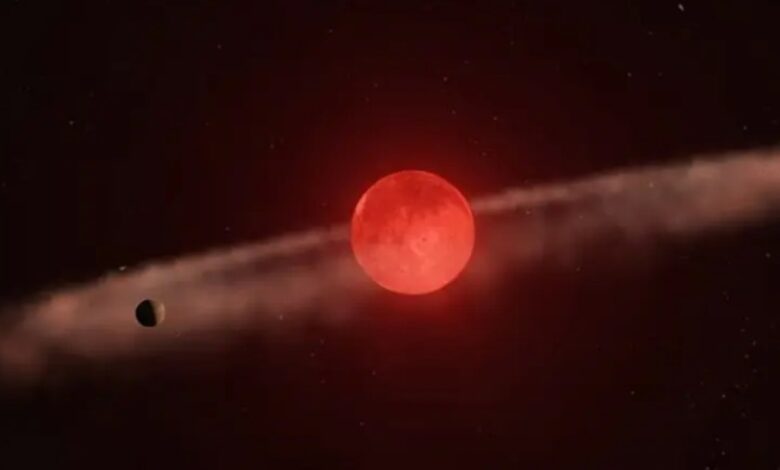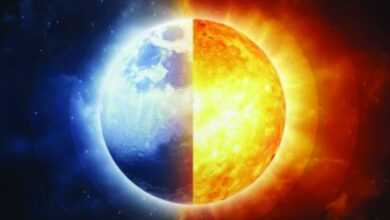
A recent astronomical discovery has left scientists around the world puzzled: a massive, Jupiter-like planet has been found orbiting a tiny star—defying everything we thought we knew about how planets form.
The planet, designated TOI-6894b, orbits a small red dwarf star named TOI-6894, located approximately 240 light-years away in the constellation Leo. What makes this discovery astonishing is that the star is only about one-fifth the mass of our Sun, making it the smallest known star to host such a large planet.
The finding directly contradicts the widely accepted core accretion theory of planet formation, which suggests that stars of such low mass are only capable of forming Earth-sized or Mars-sized planets—not gas giants. Even more baffling is that TOI-6894b isn’t alone; it appears alongside a much smaller planet, intensifying the mystery.
“This is an exciting discovery,” said Dr. Vincent Van Eylen, an astronomer at the University of California, Los Angeles. “We don’t really understand how a star with such low mass could have formed a planet this size!”
In fact, the host star TOI-6894 is 60% smaller than the previous record-holding star known to host a giant planet, according to findings published in the journal Nature Astronomy.
Adding to the intrigue, researchers believe TOI-6894b’s atmosphere could be unlike any previously studied. According to Professor Amaury Triaud from the University of Birmingham, “Given the star’s low radiation levels, methane chemistry is expected to dominate the planet’s atmosphere—which is extremely rare.”
He also noted, “The cool temperatures may even allow us to detect ammonia, potentially marking the first time it’s found in the atmosphere of an exoplanet.”
Despite the excitement, scientists remain baffled. “Based on our best theories,” Triaud added, “this planet shouldn’t exist at all.”
Planet formation typically begins when a molecular cloud—a vast mix of gas and dust—collapses to form a star. The leftover material in a protoplanetary disk slowly clumps together under gravity, eventually forming planets. But nothing in current models explains how such a tiny star could produce such a massive planet.
The mystery of TOI-6894b is now pushing astronomers to rethink the fundamentals of planetary science. As researchers continue studying this bizarre system, it could unlock a new chapter in understanding how worlds beyond our solar system come to be.












